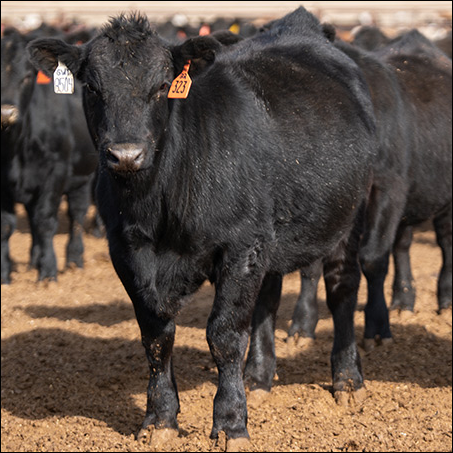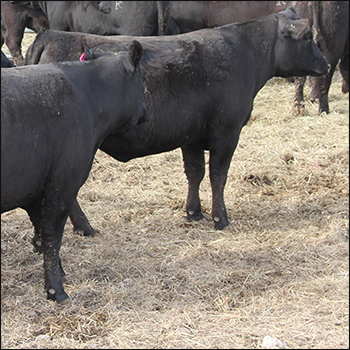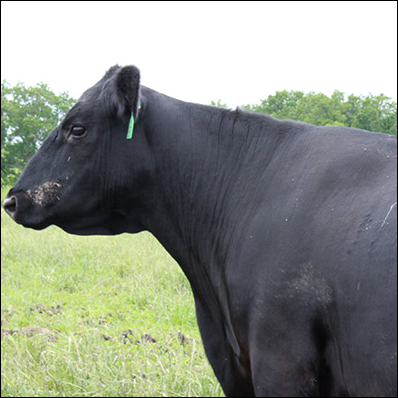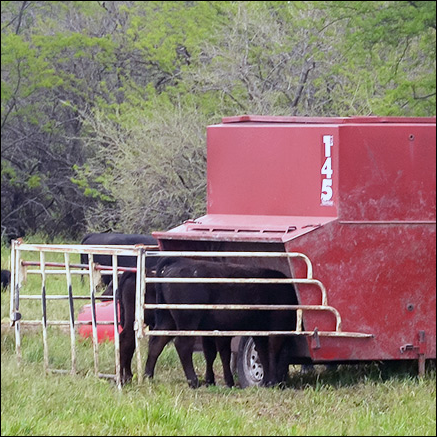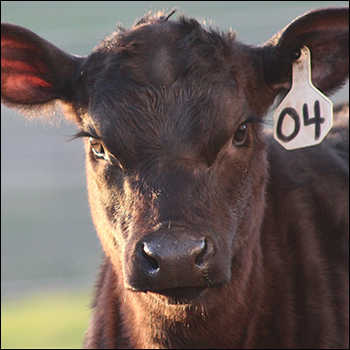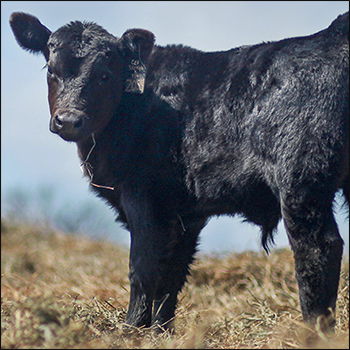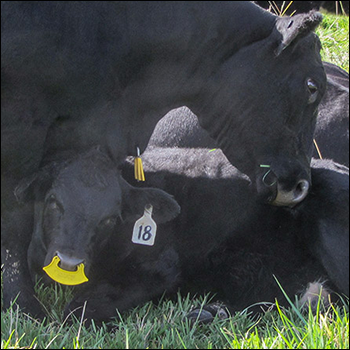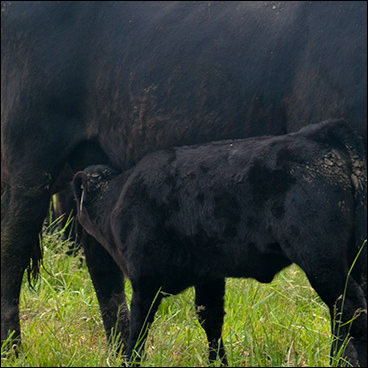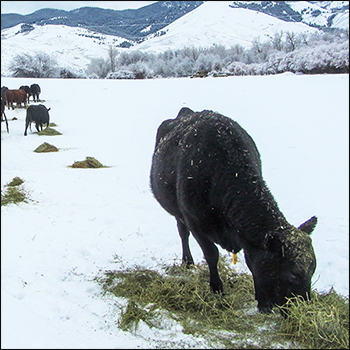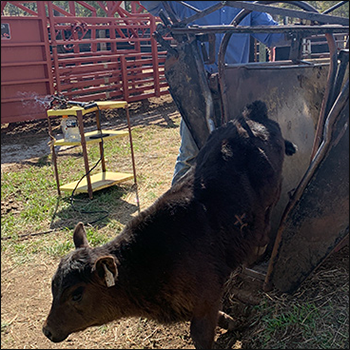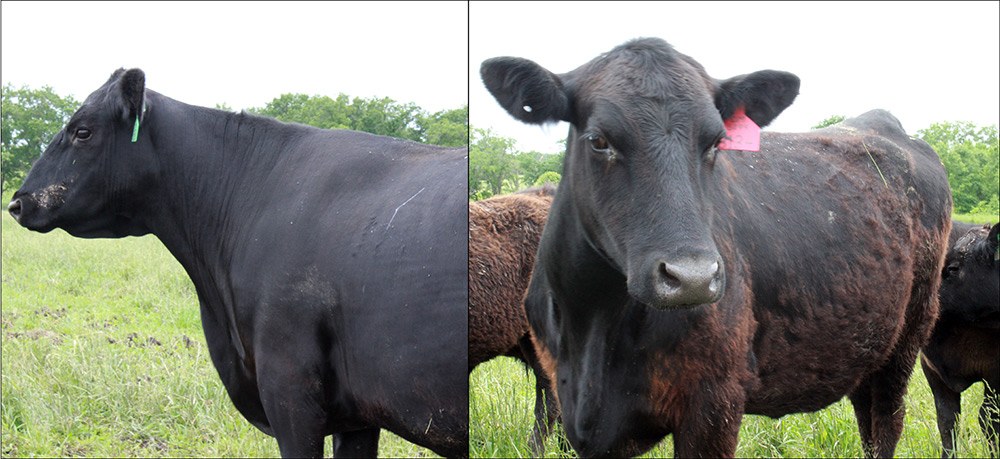
Cooler Cows
Easy to measure, easy to predict, hair-shedding offers genetic selection opportunity to improve cow efficiency, adaptability and welfare.

When considering traits that influence cow efficiency and adaptability, it only makes sense to look at hair-shedding. University of Missouri (MU) geneticist Jared Decker said as much during a presentation to the 2021 Beef Improvement Federation (BIF) Research Symposium & Convention hosted June 22-25 in Des Moines, Iowa. He noted that hair-shedding is a concept that has been talked about since the 1960s. Still, this trait is sometimes confused with hair coat.
“I want to clarify that there is a difference,” said Decker, explaining that regardless of how long the hair coat is, hair-shedding is about how early the winter hair sheds off.
Decker explained the numeric system for scoring hair-shedding, with a score of 1 applied to the animal that has completely shed its winter coat. A score of 5 describes the animal that still has 100% of its winter hair.
Decker discussed a USDA-funded and MU-led multiple-breed research project designed to study genetic influences on hair-shedding. More than 13,000 animals were scored, between 2016 and 2020, with more than 11,000 head genotyped. Research expected progeny difference (EPD) values have been developed as aids in selecting for improved hair-shedding.
According to Decker, hair-shedding is a moderately heritable trait, with heritability ranging from 0.32 to 0.4. The prediction accuracy of hair-shedding EPDs ranges from about 0.5 to 0.66. He said evidence also suggests that no one breed has a distinct advantage, since hair-shedding variability exists within all breeds studied.

For those who still wonder if it’s worth the bother, Decker explained that hair-shedding is related to heat tolerance, which can affect cow performance and producer profitability.
“Those cows that shed earlier tend to wean a heavier calf,” stated Decker. “That suggests to me they are weaning an earlier calf. They are likely getting bred earlier in the breeding season.”
Describing a common scenario where some cows spend a lot of time standing in a pond or stock dam trying to cool off while their herdmates are busy grazing, Decker said selection for hair-shedding can affect performance and animal welfare, too.
“It’s important for us to get a handle on hair-shedding, in terms of sustainability, for profitability, environmental stewardship and social responsibility,” concluded Decker. “And it’s easy to measure — easy to predict.”
Find more coverage of the 2021 BIF Symposium in the Newsroom and on the Awards page at www.bifconference.com.
Editor’s note: Troy Smith is a cattleman and freelance writer from Sargent, Neb. Photo by Jessica Wesson.

